Delmer Daves’ The Red House is a film that resists easy classification, and yet it is commonly discussed and taught as a paradigmatic film noir movie of the 1940s. Drawing on the original novel by George Agnew Chamberlain and presented anew in the accompanying video presentation, the film—directed by Delmer Daves and featuring a powerful lead performance by Edward G. Robinson—unfolds like a gothic folk tale set in the sunlit hollows of rural America. This article examines the film’s themes, performances, production history, and lasting legacy. It draws on the contemporary video presentation of the film to provide a close, contextualized reading for readers who love classic cinema and for those curious about how a film can be both pastoral and nightmarish, intimate and operatic.
Outline and Guide to This Critic’s Review
- Introduction: Situating The Red House as a film noir movie with pastoral horror elements
- Plot recapitulation: The story in its essentials, with attention to key beats
- Thematic analysis: Obsession, secrecy, repression, and the rural uncanny
- Characters and performances: Robinson, Anderson, McCallister, and a breakout turn
- Direction, screenplay, and adaptation: Daves, Maltz, and the source novel
- Music and sound: Miklós Rózsa’s haunting score and the theremin
- Cinematography, locations, and the mise-en-scène of isolation
- Production and casting choices: Location work and studio decisions
- Release, critical reception, and copyright/afterlife
- Legacy and why The Red House remains essential viewing
- Conclusion: A final assessment of The Red House as a film noir movie and a piece of American cinema
Introduction: Why The Red House Is Called a Film Noir Movie
The Red House occupies a curious place in film history: marketed and sometimes read as a psychological horror, melodrama, or gothic mystery, it is also frequently classified as a film noir movie. That designation is not merely marketing shorthand. The film shares noir’s obsessions—guilt, concealment, fatalism—and adopts noir’s moral darkness, even as its palette and geography remain outwardly rural and sunlit. Quiet valleys, dying spring-fed ice-houses, and oxbow roads give the film a distinct visual and cultural identity, while an undercurrent of doomed desire and violence gives it the moral and psychological texture of noir.
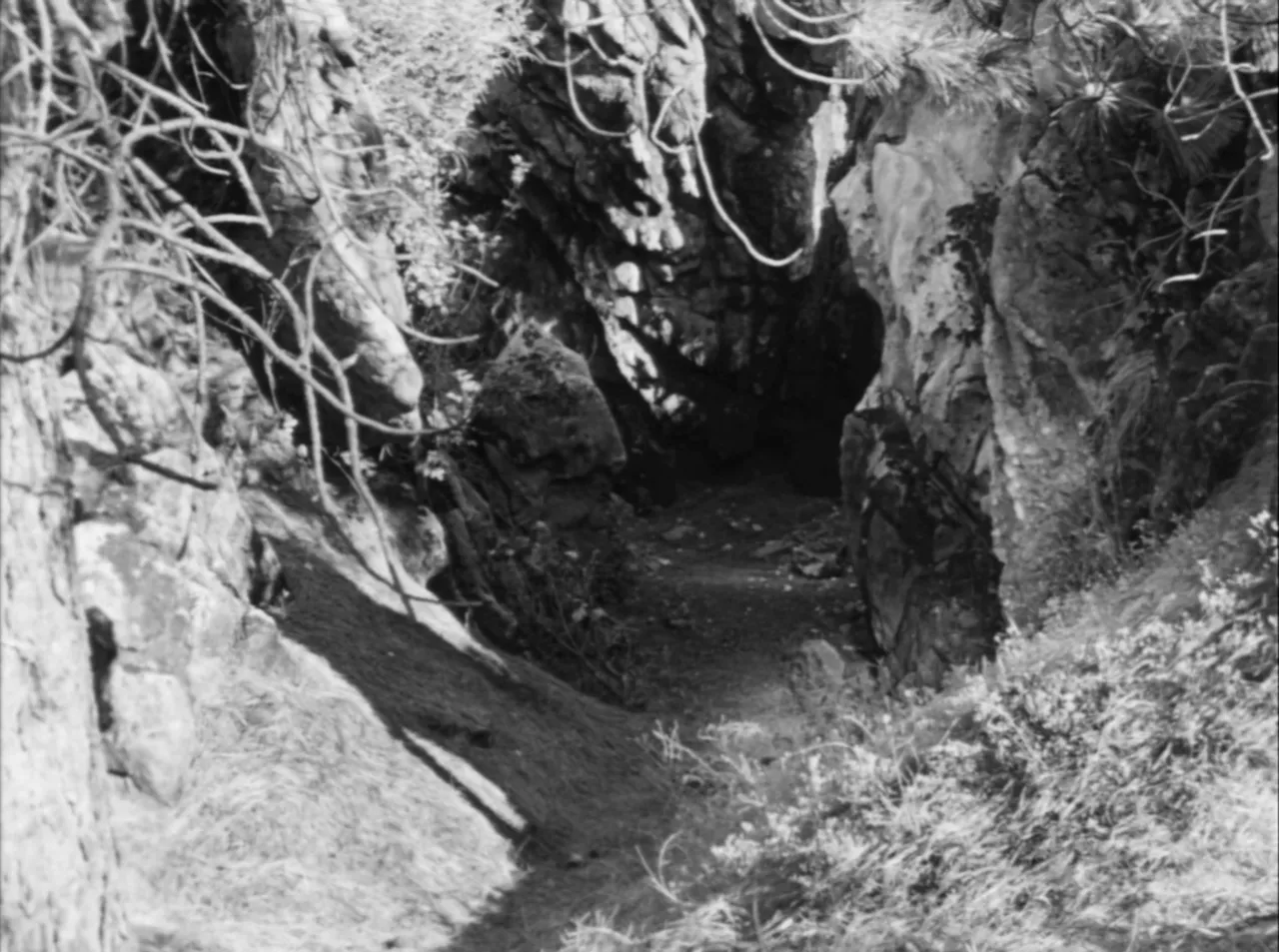
From the opening narration—“Dense forest once covered all of Piney Ridge…”—to the final conflagration of the titular red house, the film insists that even the most seemingly benign landscapes can conceal monstrous histories. The Red House is therefore best approached as a film noir movie that relocates noir’s metropolitan malaise to the agricultural hinterland, transforming pastoral Americana into a terrain of repression and dread.
Plot Recap: Secrets Carved into the Earth
The story centers on Pete Morgan (Edward G. Robinson), his sister Ellen (Judith Anderson), and the adopted girl they have raised, Meg (Allene Roberts). Pete’s farm sits adjacent to Oxhead Woods, a forbidding stretch of trees and abandoned trails that everyone in the valley avoids. Pete’s insistence that no one enter those woods—indeed, his obsessive prohibition of a particular “red house” hidden in a ravine—drives the film’s action and reveals the moral rot at the film’s center.
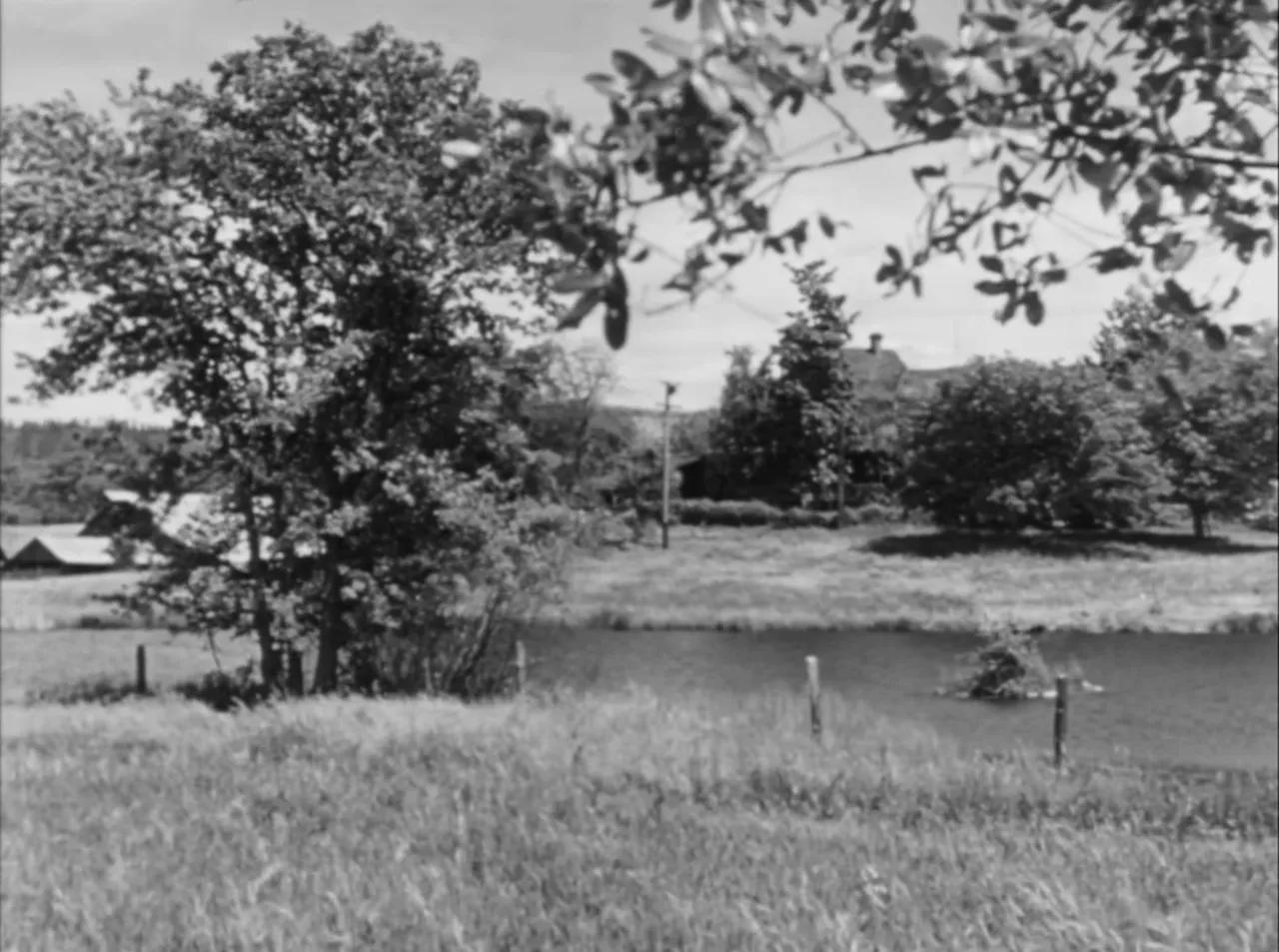
Nath Storm (Lon McCallister) arrives as a hired hand at the Morgans’ and becomes both a catalyst and a victim of the property’s secrets. He hears screams in the woods; he is attacked while searching for the red house; Meg falls through the ravine and breaks her leg; and Ellen ultimately attempts to burn down the red house only to be shot—an event that forces the truth into the open. The truth, when it arrives, is savage and tragic: a love triangle from years earlier culminated in suffocation, murder, and burial beneath the ice-house. Pete’s long-buried crimes and obsession with Jeannie (the woman who was once the object of his love) explain the prohibition and the violence, and the film culminates in a fatal crash and the final burning of the red house—an image of purging and the desire for renewal.
Key Narrative Beats
- Meg asks Pete to hire Nath; Nath takes the job and is warned about the woods.
- Nath hears screams and is attacked while searching for the red house.
- Meg discovers the red house, is frightened, falls, and breaks her leg.
- Ellen is later shot while attempting to burn the red house; she dies.
- The truth about Jeannie, the murders, and Pete’s involvement is revealed.
- Climax: Pete’s madness culminates in the truck crash into the ice-house and his death; the red house is burned.
- Resolution: Nath and Meg watch the smoke rise and look forward to a life beyond the past.
Thematic Analysis: Obsession, Repression, and Rural Gothic
The Red House is a study of how private obsessions calcify into communal myth. Pete Morgan is at once a sympathetic, broken figure—his leg, amputated long ago, is a sign of bodily loss—and a monstrous force who refuses to let the past go. The film uses the woods as a physical and symbolic boundary: to cross Oxhead Woods is to enter memory and to risk being possessed by it.
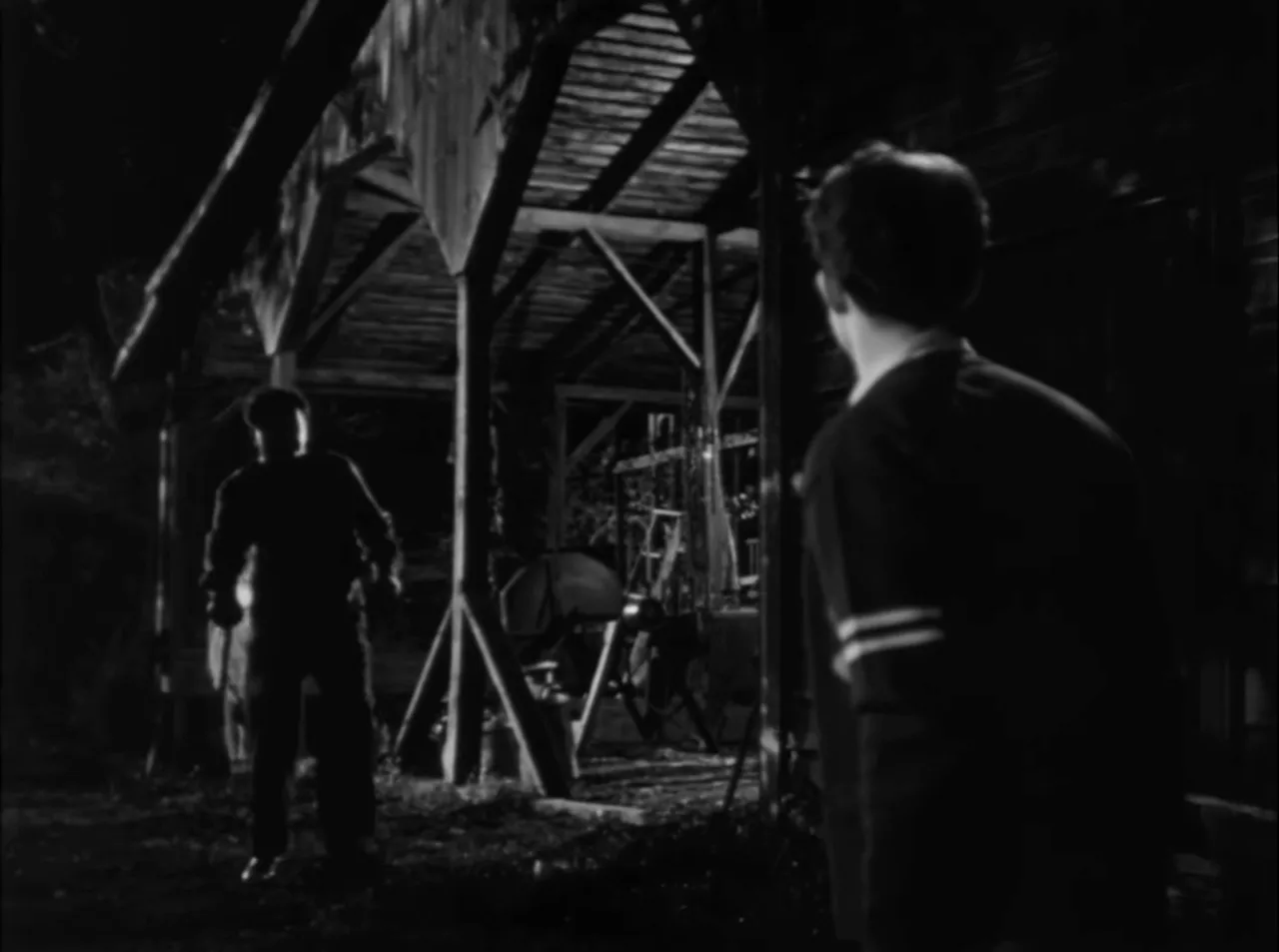
Several thematic strands make the film compelling. First, there is the theme of secrecy: Ellen and Pete have concealed murder in the ice-house and hidden the origins of Meg’s adoption. This secret becomes both a protective shell and a prison; it keeps Meg safe from knowledge but also traps her in a life circumscribed by others’ mistakes. Second, there is obsession: Pete’s love for Jeannie morphs into a pathological need to possess and control; that need drives the film’s violence. Third, the film examines the rural uncanny—how landscapes associated with solidity, family, and the rhythms of planting and harvest can become repositories of horror.
These themes intersect with the film’s noir identity. Film noir movies often dramatize immutable pasts and the inability of characters to escape fate. In The Red House, the countryside—usually associated with renewal—functions like the urban canyons of classic noir: both conceal and amplify psychological distress. The pastoral setting merely recasts noir’s claustrophobia; fields and barns become as confining as tenements and alleyways.
Violence, Sexuality, and Subtext
The Red House’s subtexts—sexual jealousy, forbidden desire, the price of repression—anticipate later psychological thrillers. Delmer Daves’ screenplay (adapted with contributions from the uncredited Albert Maltz) keeps the film tautly ambiguous until it must erupt into confession. The film’s approach to sexuality is coded but potent: Pete’s unease at Ellen’s and Jeannie’s lives and his possessive fantasies project onto Meg, who becomes both the child of their sin and the inheritor of its consequences.
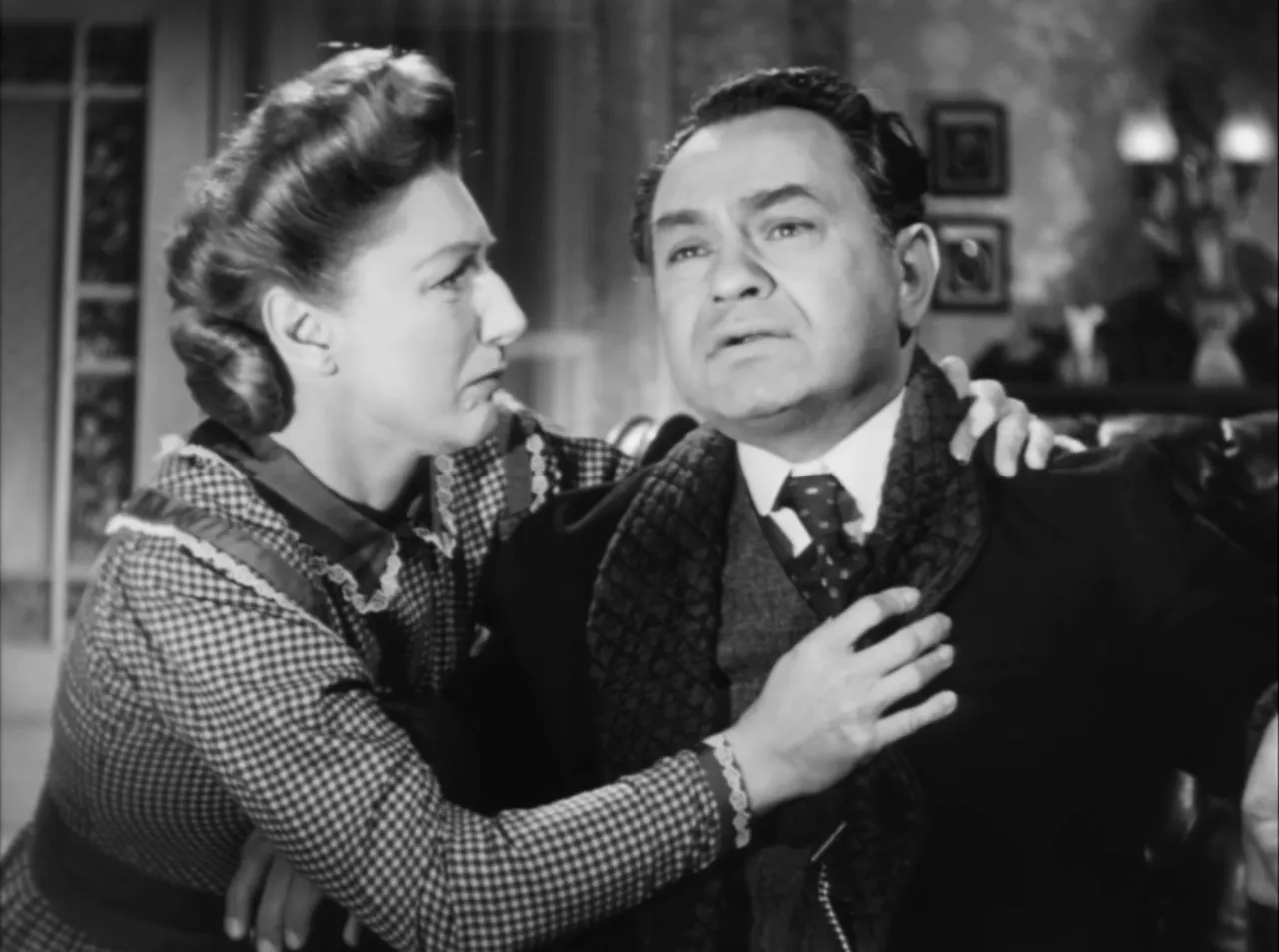
Characters and Performances: Robinson, Anderson, McCallister, and a Young Cast
Acting is one of The Red House’s great strengths. Edward G. Robinson, known for gangster roles and moral complexity, gives a performance that is both human and terrifying. Robinson’s Pete Morgan is not simply an antagonist but a tragic figure whose love curdled into madness. The Wikipedia record emphasizes Robinson’s excellence, and contemporary critics praised his work. His Pete is haunted, charismatic, and finally undone—not because he is one-dimensional, but because he is overfull of feeling that cannot be voiced in healthy ways.
Judith Anderson’s Ellen Morgan is the film’s moral ballast. Anderson plays restraint and sorrow rather than hysteria; her tragic final attempt to destroy the red house is full of agency and quiet courage. Lon McCallister, as Nath Storm, provides the youthful curiosity that drives the search narrative, and Allene Roberts, as Meg, balances innocence and a dawning adult urgency. The younger performers were well supported; Roberts (seventeen at casting) and McCallister bring naturalism to rural roles that could have easily become caricatured.
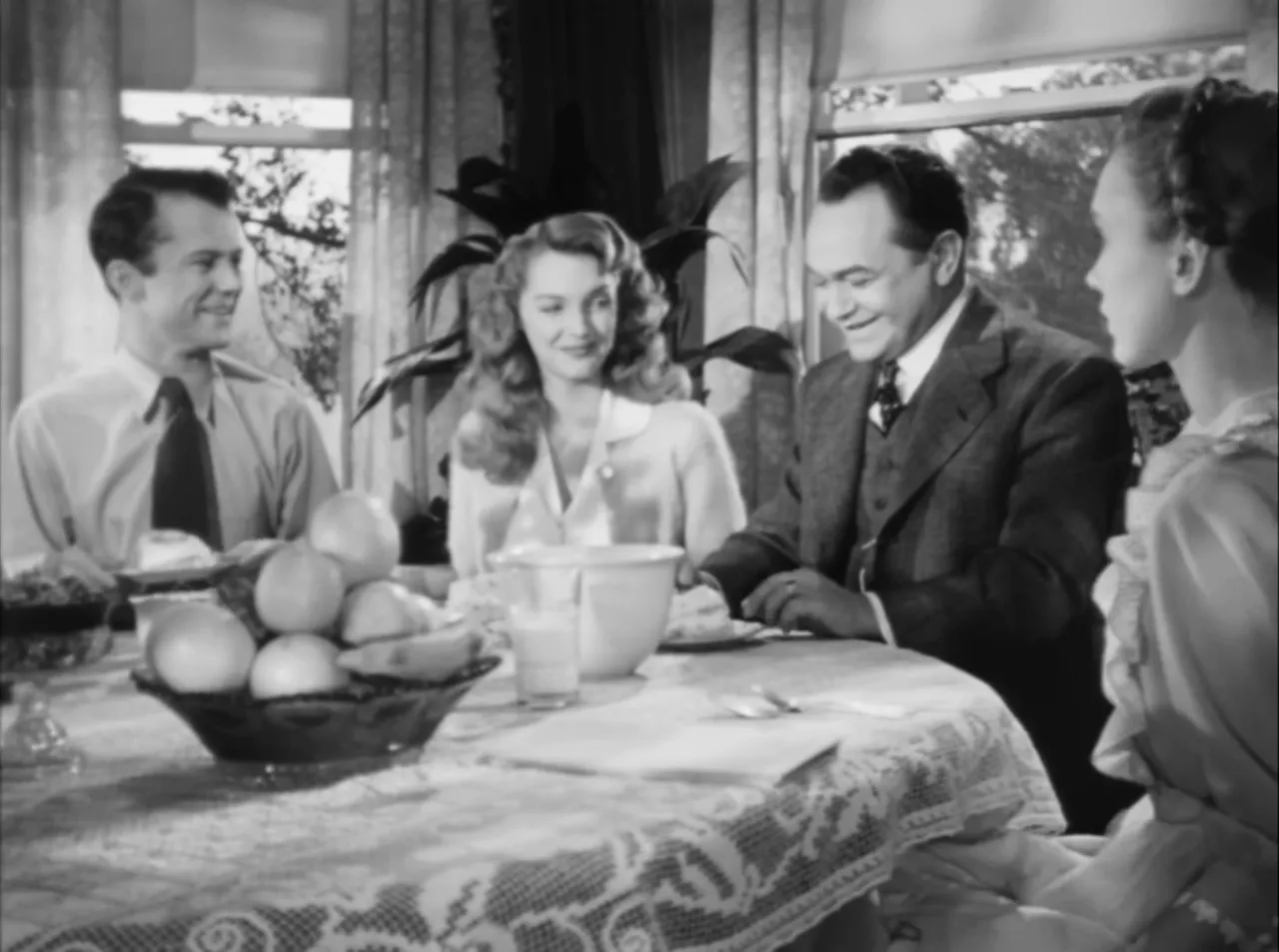
Rory Calhoun’s Teller is the film’s brutish local presence—petty, jealous, and dangerous. Julie London, loaned from Universal, makes an early career cameo as Tibby Rinton, Nath’s jealous girlfriend. These performances, together with Robinson and Anderson, oscillate between quiet sincerity and sharp melodrama, which is exactly the tonal field the director navigates: half domestic drama, half gothic nightmare.
Direction and Screenplay: Delmer Daves’ Adaptation
Delmer Daves’ direction is notable for integrating the romance of the countryside with a deeply unsettling psychological core. He co-adapted the screenplay with Albert Maltz (uncredited), shaping Chamberlain’s novel into a film that preserves the book’s rural detail while emphasizing dramatic economy. The film’s pacing alternates between languorous, sunlit village rhythms and sudden surges of dread. Daves stages the woods and red house as character-like entities—a classic cinematic choice that aligns with the film’s psychological preoccupations.
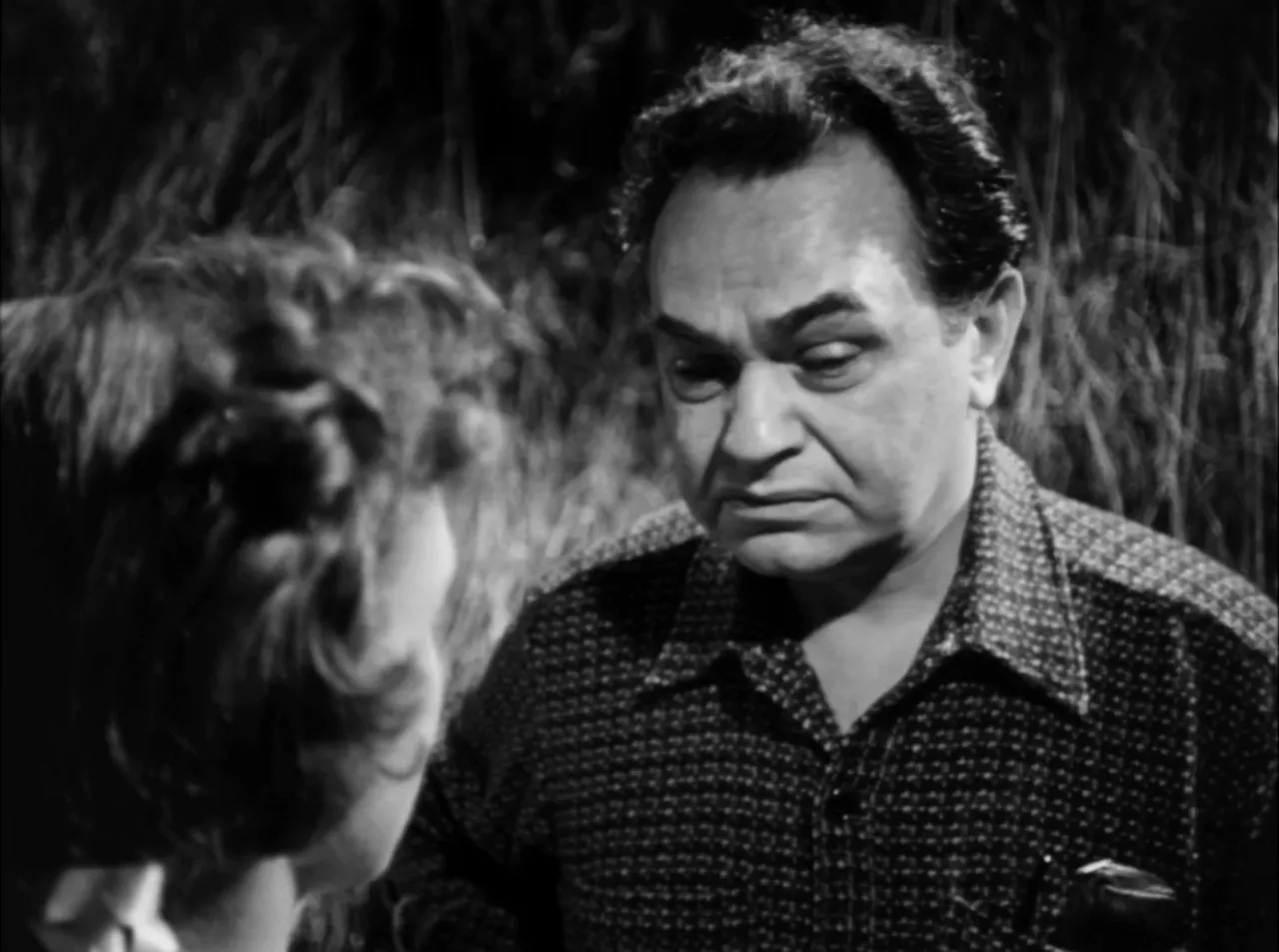
As a screenwriter-director, Daves understood how to let silence and landscape convey narrative weight. Scenes of communal life—eggs being gathered; the store’s daily bustle—contrast with the solitary moments where memory invades. This interplay is central to the film’s success in straddling noir and rural melodrama. The film’s fidelity to Chamberlain’s serialized narrative (first appearing in The Saturday Evening Post) is also worth noting: the story’s episodic nature translates into a film that feels at times like a series of well-constructed vignettes that accumulate terror.
Music, Sound Design, and the Theremin: Rózsa’s Haunting Score
Miklós Rózsa’s musical contribution is indispensable to The Red House’s emotional atmosphere. Rózsa, who had previously composed for Spellbound and The Lost Weekend, continues his work with otherworldly, suspenseful textures here, famously incorporating the theremin to signal the uncanny. The score’s recurring motifs—moaning, wavering theremin lines, and somber orchestral swells—create a sonic geography that parallels the film’s visual landscapes.
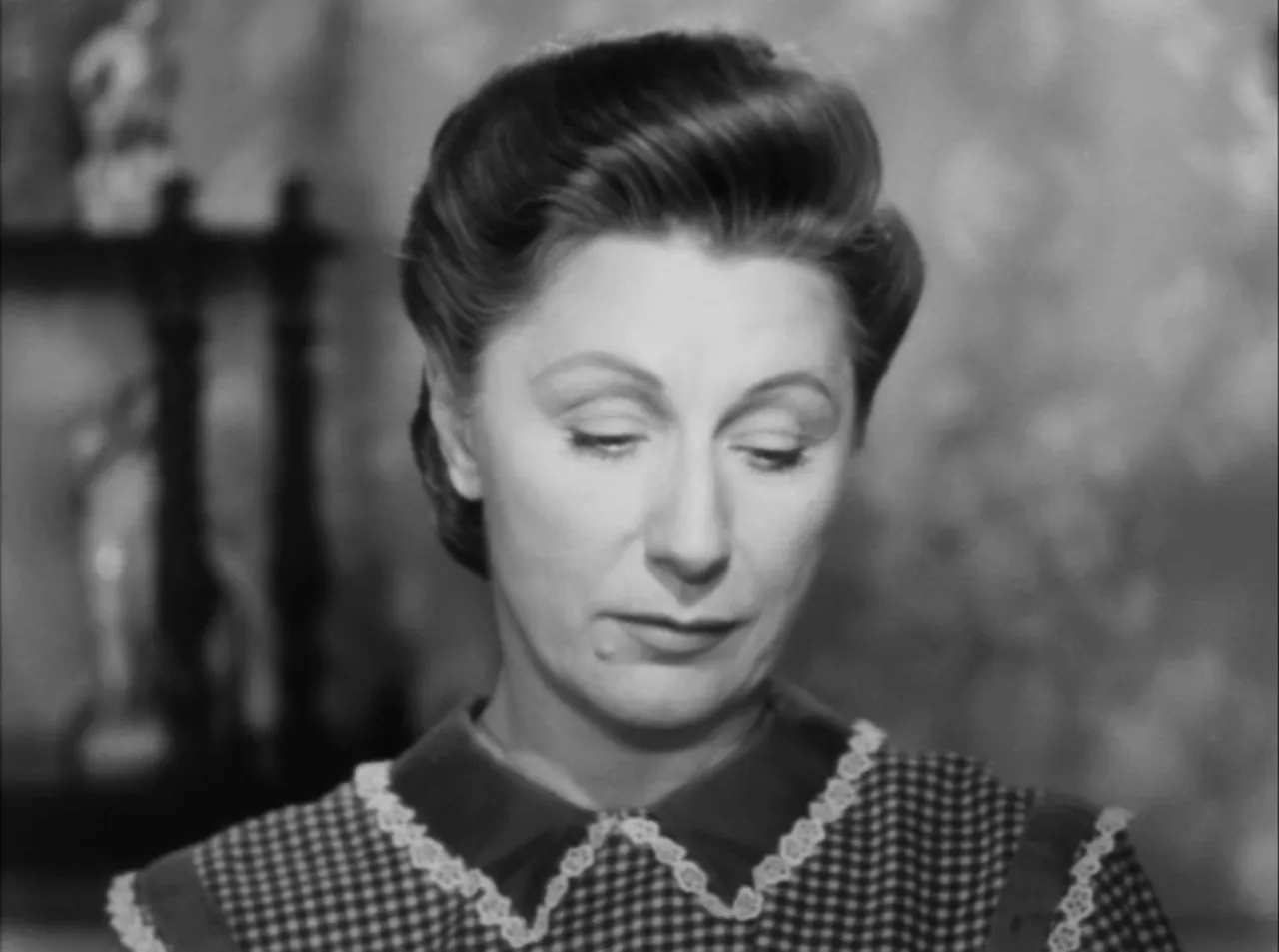
The theremin’s eerie timbre is often associated with the supernatural in 1940s and 1950s cinema, and Rózsa uses it not to signal literal ghosts but to evoke inner disturbance. Critics and historians note the score’s similarity to Rózsa’s earlier psychological scores, and it functions here as a bridge between the film’s noir mood and its more gothic aspirations. The instrumentation never overwhelms the acting or narrative, instead accentuating the film’s deepest emotional notes.
Cinematography, Locations, and the Mise-en-Scène of Isolation
Principal photography took place in Sonora, California, and surrounding Sierra Nevada locales, including the Kenny Dairy and Bowlsby apple ranch. The film’s on-location work enhances its authenticity and grounds its gothic elements in a recognizably American landscape. The choice to film in real orchards, near abandoned mines, and in rocky ravines gives the pastoral setting an archaeological depth: each stone and ravine feels like a possible repository of history and crime.
Cinematographers framed the woods and red house with a mix of wide, establishing shots and tight, claustrophobic compositions. These choices underscore the dual nature of the film: in daylight, the valley is a community of routines; in the woods, light falls away and psychological darkness predominates. The ice-house—a crucial locus—becomes an emblem of buried guilt, its cold, watery basement literalizing the suppression of memory.
Casting, Production Notes, and On-Set Realities
The film’s casting choices are notable. Allene Roberts was seventeen at the time of filming; Julie London, loaned from Universal, found a pivotal early screen role; Rory Calhoun and Ona Munson (in her final feature appearance) rounded out a cast that balanced experience and emerging talent. Wikipedia records that Delmer Daves and producer Sol Lesser navigated studio loans and location logistics to bring the story to life.
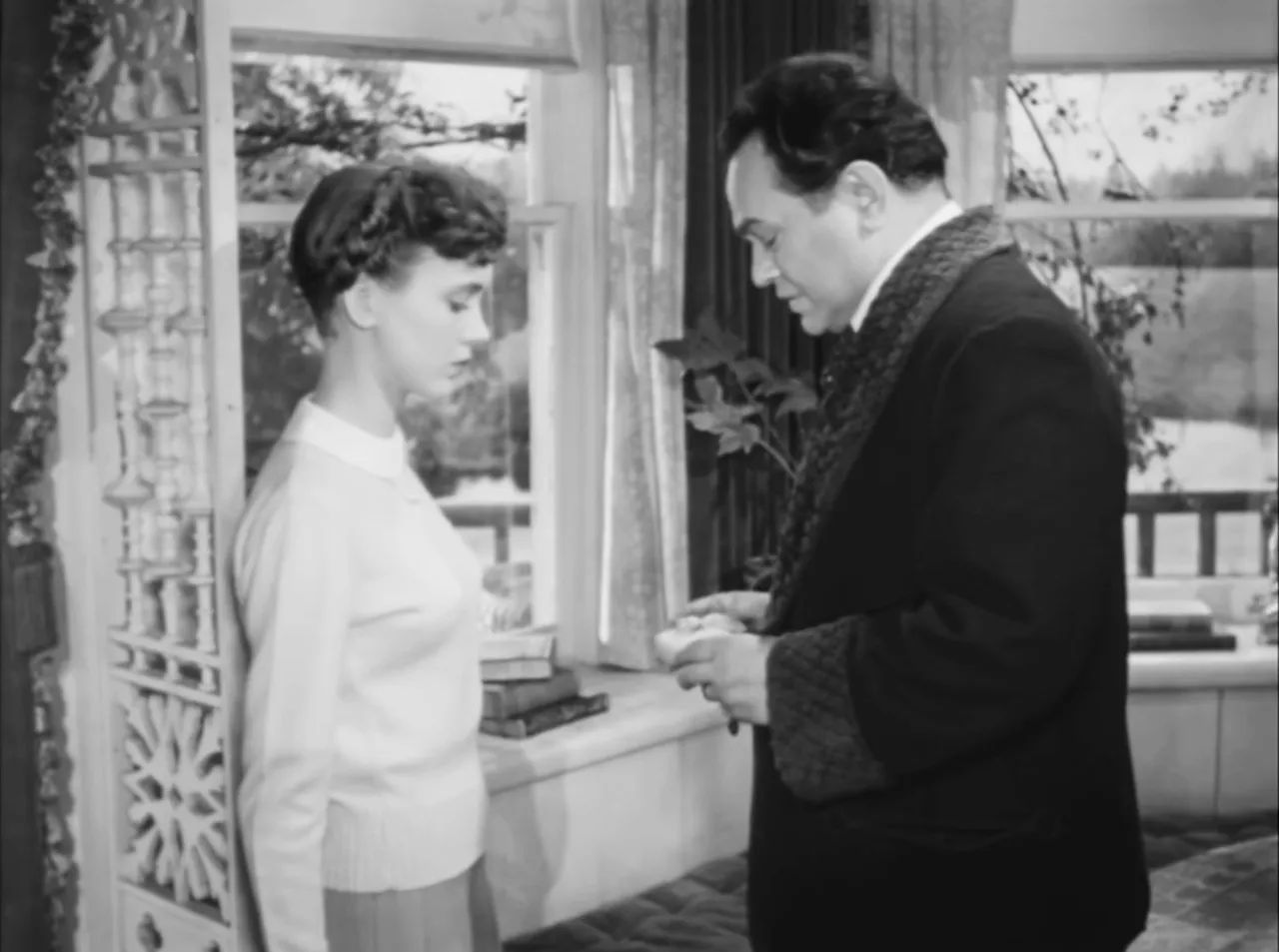
Filming between April and June of 1946, the production benefited from California’s spring light. The decision to film on location rather than relying wholly on studio backlots paid off: the film’s tactile sense of place is frequently cited in critical appraisal. The film’s use of real rural settings gives it a documentarian edge, even as it moves toward melodrama and psychological horror.
Release, Reception, and the Film’s Critical Afterlife
The Red House premiered early at the Plaza Theatre in Palm Springs on December 30, 1946, and was widely released in February 1947. Contemporary reviews were largely favorable; critics appreciated its tension and the cast’s performances. A. H. Weiler of The New York Times praised Robinson and Anderson, Delmer Daves’ direction, and Rózsa’s score. Other reviews noted the film’s “grim” and unsettling tone, and over time the film has been re-evaluated and championed for its boundary-defying qualities.
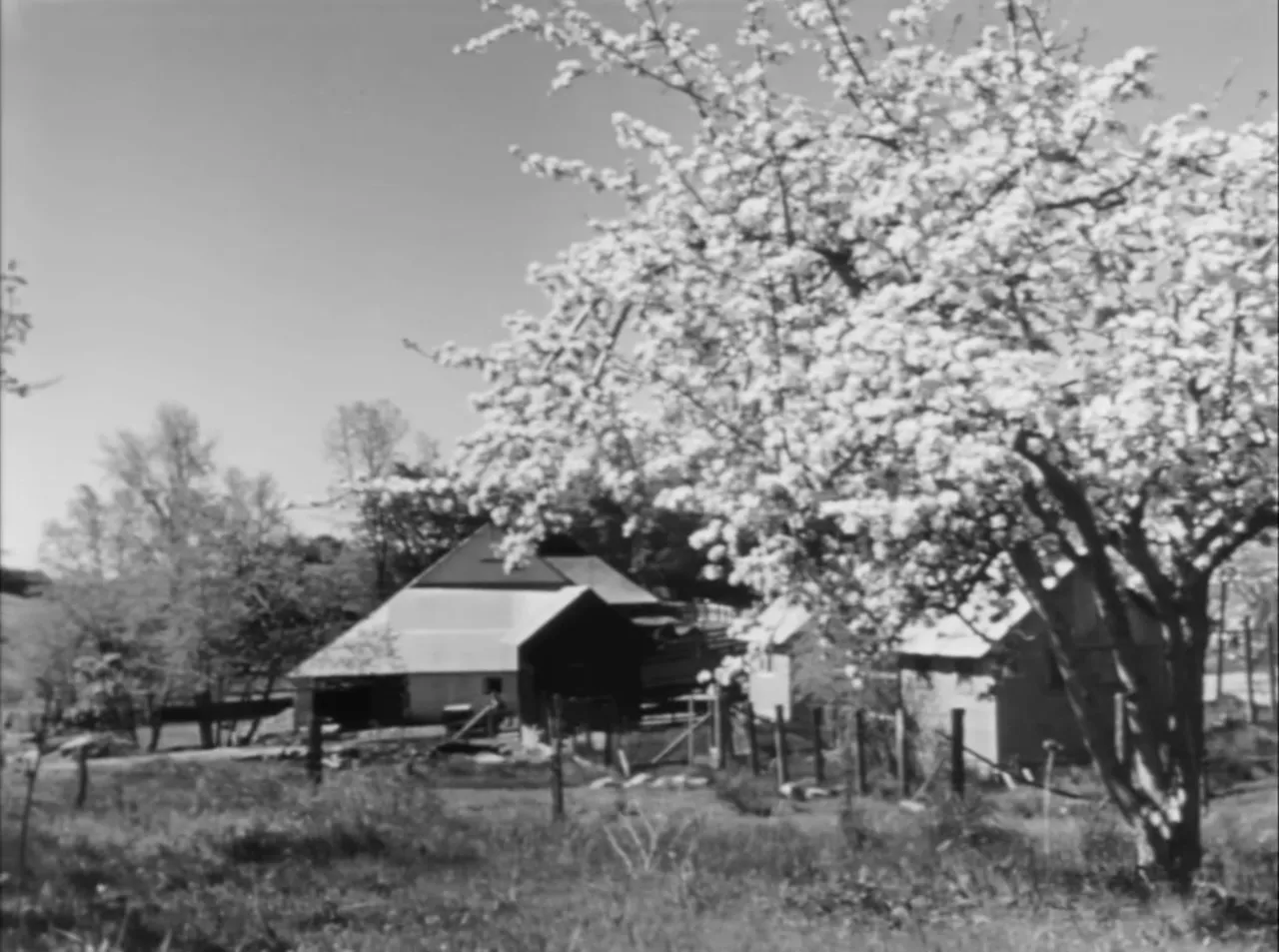
Retrospectives have underscored the film’s refusal to be pigeonholed. Film historians praise its blending of rural folklore and noir sensibility, and modern critics have noted the film’s frank use of psychological and sexual subtext. Paste magazine, in a contemporary appraisal, called The Red House the best horror film of 1947—an acknowledgment of its enduring ability to unsettle viewers. Filmmaker Charles Burnett has also praised the film’s frankness about sexuality and the exceptional quality of Rózsa’s music.
Copyright, Home Media, and Accessibility
Curiously, The Red House’s copyright was not renewed, which allowed the film to circulate through public-domain companies and made it widely available in various home media formats. That status contributed to the film’s afterlife: it was excerpted in film programs and shown on classic-movie channels, and it became more accessible to students and aficionados. Recent restorations have improved the visual quality offered on Blu-ray releases, helping modern viewers appreciate the film’s texture and craftsmanship.
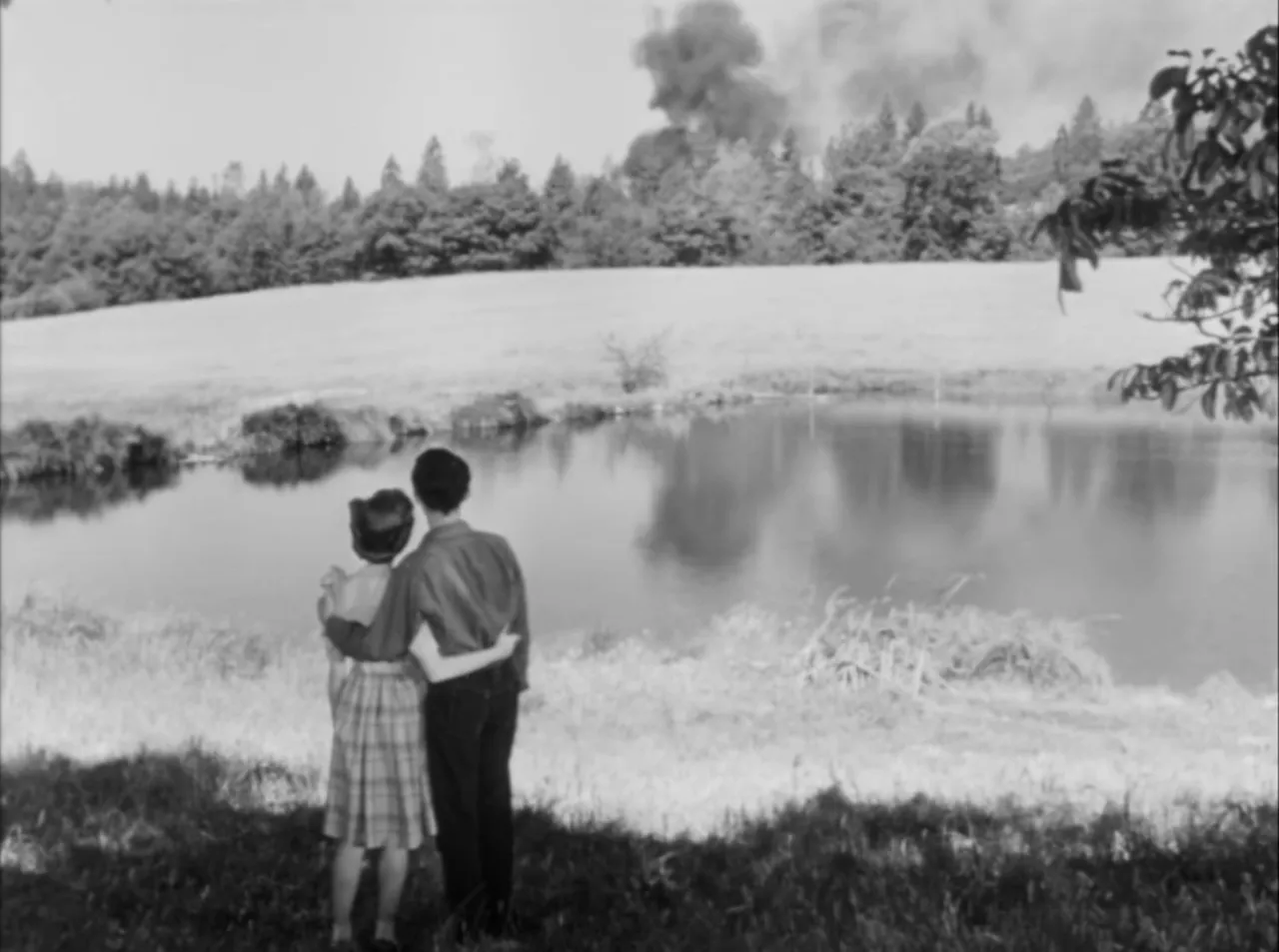
Legacy: Why The Red House Still Matters
The Red House matters because it reimagines what a film noir movie can be. By transposing noir’s psychological obsessions into a rural setting, the film expands the genre’s vocabulary and invites new questions about American landscapes and the secrets they hold. The film is also a model of how commercial cinema can integrate psychological depth, moral ambiguity, and formal audacity. Its score, acting, and location work have been singled out by critics and historians as elements that keep the film in the conversation about 1940s American cinema.
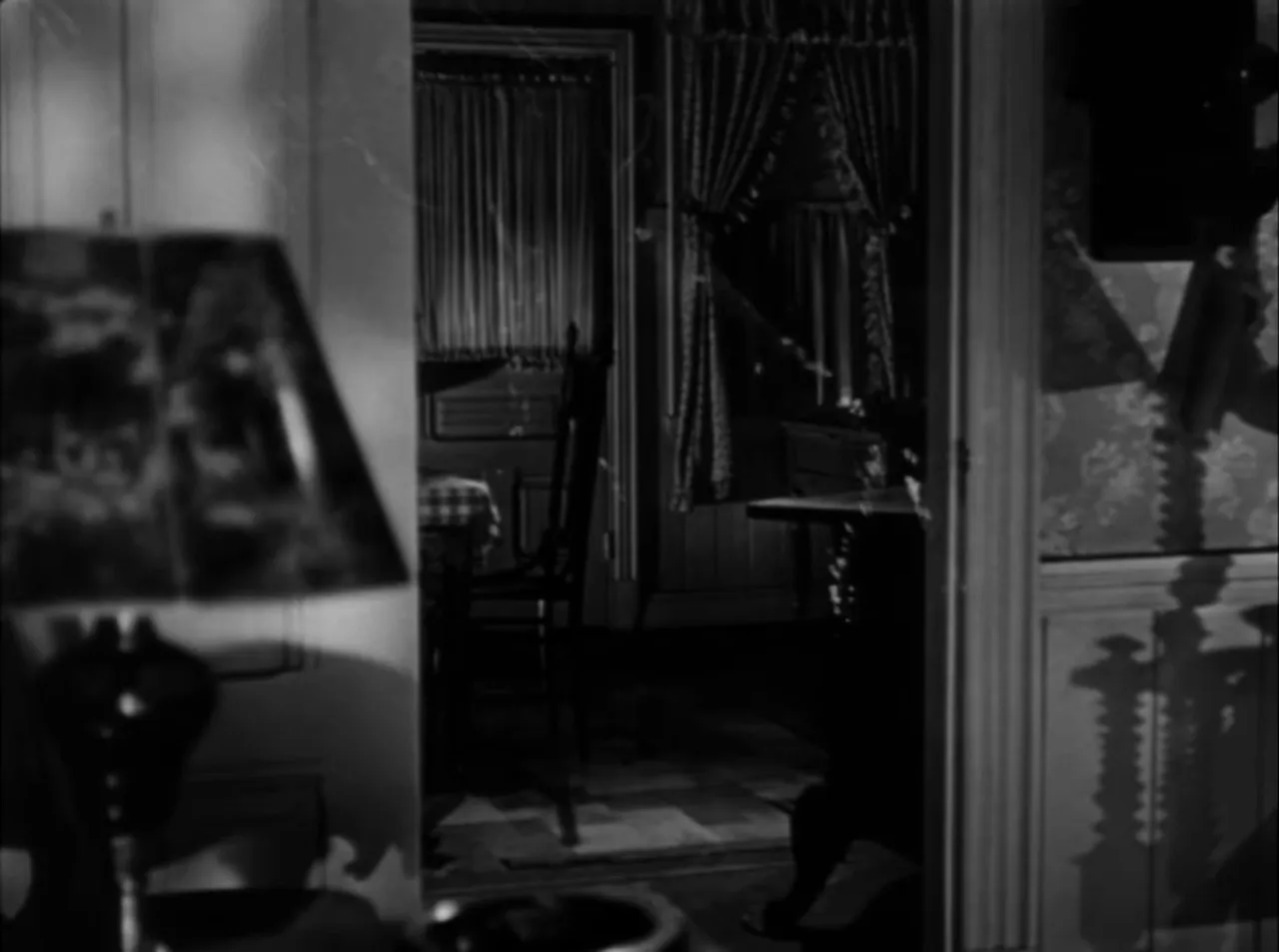
Film historians like Edmund Bansak and outlets such as Paste have underlined the film's avant-garde qualities and its ability to defy easy genre classification. In classrooms and retrospectives, The Red House functions as a bridge: it attracts audiences who favor noir’s moral complexity and those who prefer psychological horror's quiet shiver.
Close Read: Key Scenes That Define the Film
Several sequences in The Red House merit close attention for how they fuse narrative revelation with cinematic technique. The discovery of the red house itself—a moment when youthful curiosity meets myth—is staged with careful economy; the camera lets curiosity and dread accrue slowly. Ellen’s attempt to burn the red house represents the film’s moral pivot: she moves from secrecy toward exposure, and that act—noble and desperate—precipitates the film’s final unmaking of myth through literal fire.
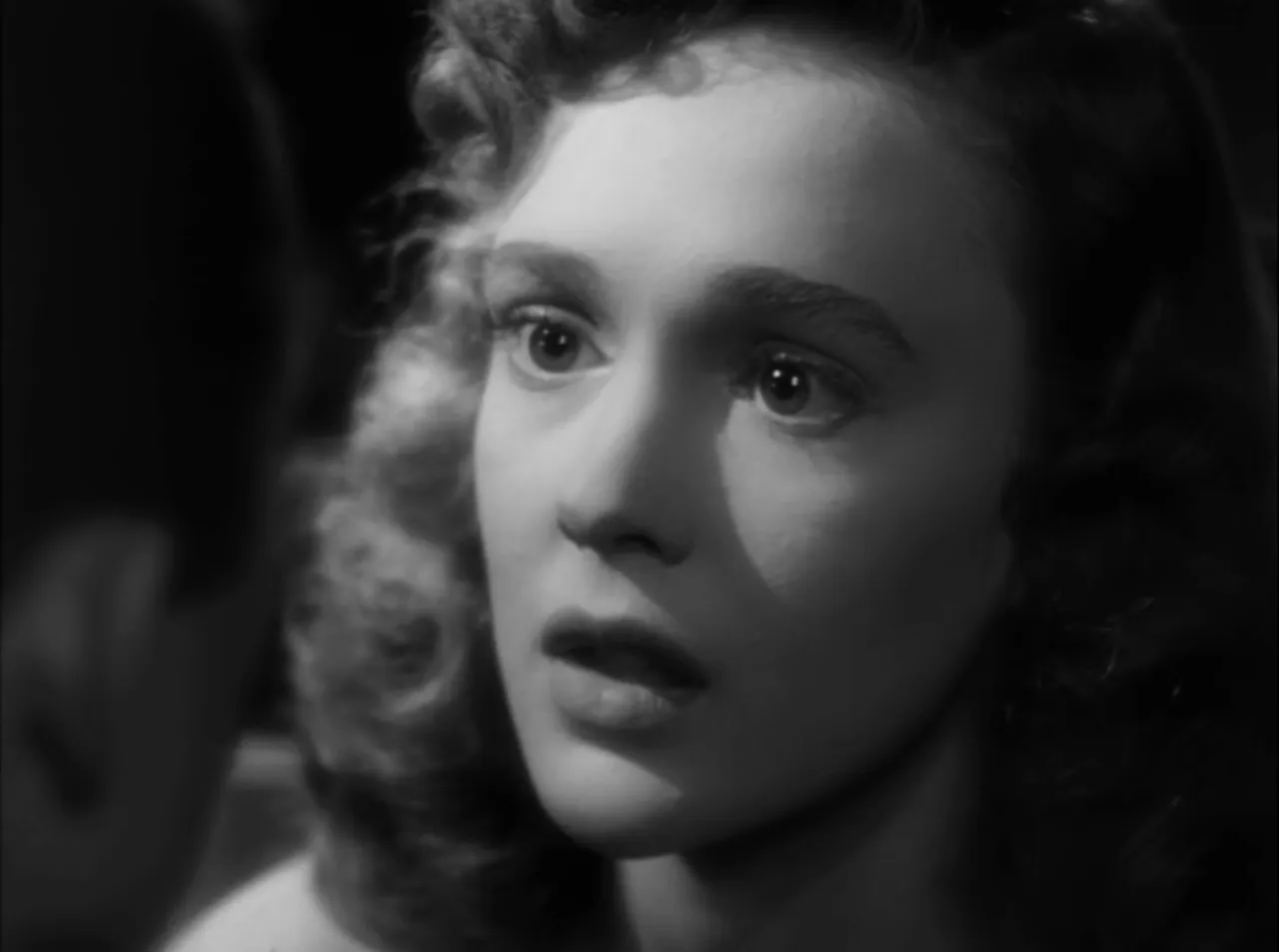
Pete’s final drive into the ice-house is staged as a ruin of masculinity and obsession. Cinematically, the crash into the ice-house is both symbolic and literal: the attempt to bury the past finally finishes him. The last images—Meg and Nath watching the smoke and discussing a future—are resolutely forward-looking, advocating moving beyond the past rather than being consumed by it. That moral closure underscores the film’s final tonal balancing: redemption is possible, but only after a cost.
Why Critics Still Study The Red House
Critics study The Red House because it offers rich returns on repeated viewings. Its thematic layering—concealment, guilt, sexual frustration, and the rural uncanny—rewards a close eye for mise-en-scène, performance nuance, and musical cues. The film's ambiguity about guilt and responsibility—Pete’s confession is at once an admission and an attempt to narrativize the past—creates interpretive latitude for scholars and cinephiles. Its status as an early, serious attempt to blend noir psychology with folk horror means it continues to be cited in discussions of genre hybridity and postwar American anxieties.
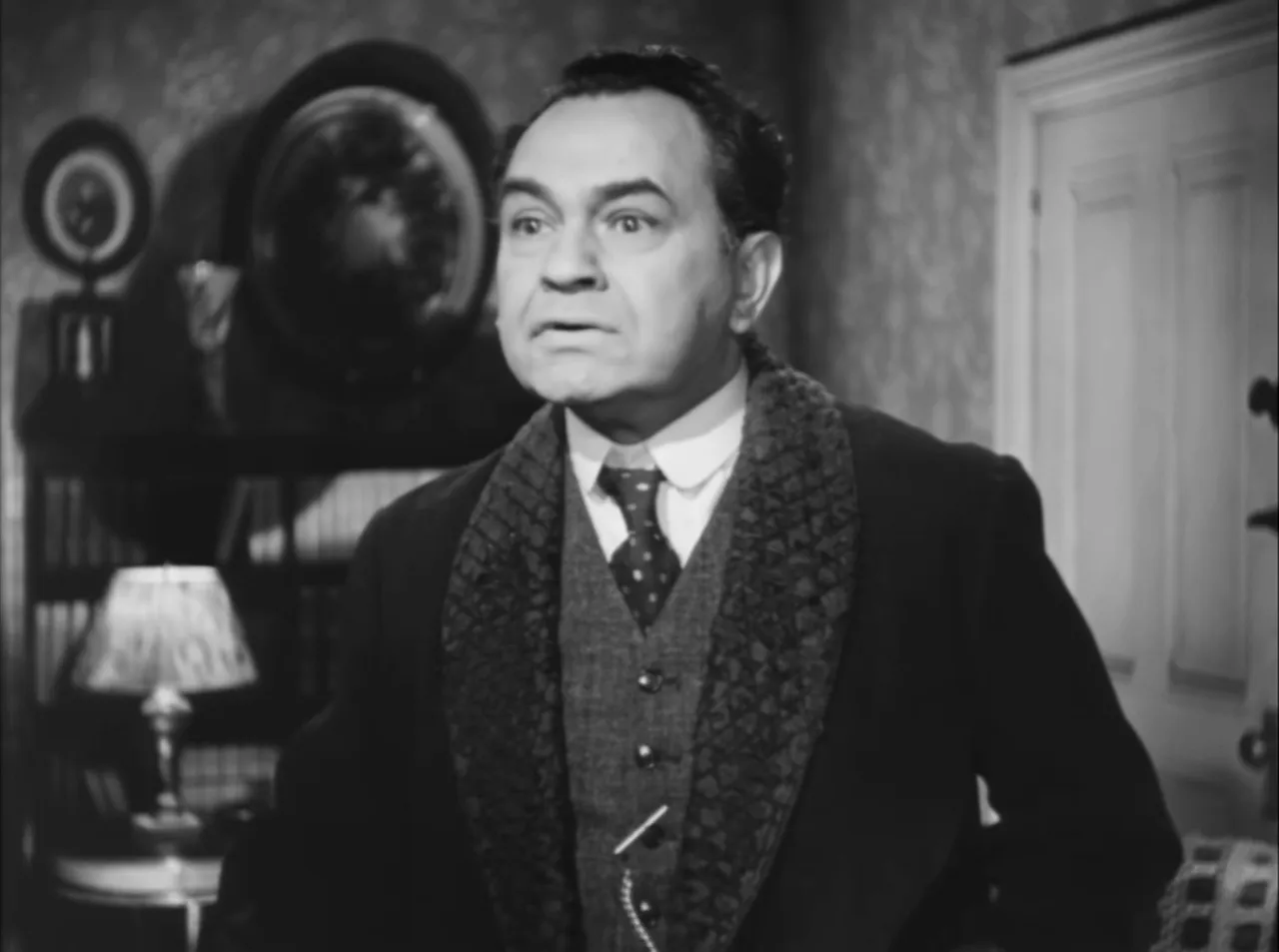
Teaching The Red House: Questions for Classroom Discussion
For instructors and student groups, The Red House offers multiple avenues for structured discussion:
- How does the relocation of noir motifs to a rural setting change what noir can do? Consider landscape, light, and community in your answer.
- What role does silence and unrhetorical restraint play in the film’s suspense? How does Daves use off-screen space?
- Compare Rózsa’s score in The Red House to his work on Spellbound or The Lost Weekend. How does the theremin signal psychological disturbance?
- Discuss the film’s portrayal of gender and agency. How do Ellen and Meg differ in their responses to secrecy and violence?
- How does the film negotiate confession and legal justice? Is Pete’s fate moral, tragic, or merely narratively inevitable?
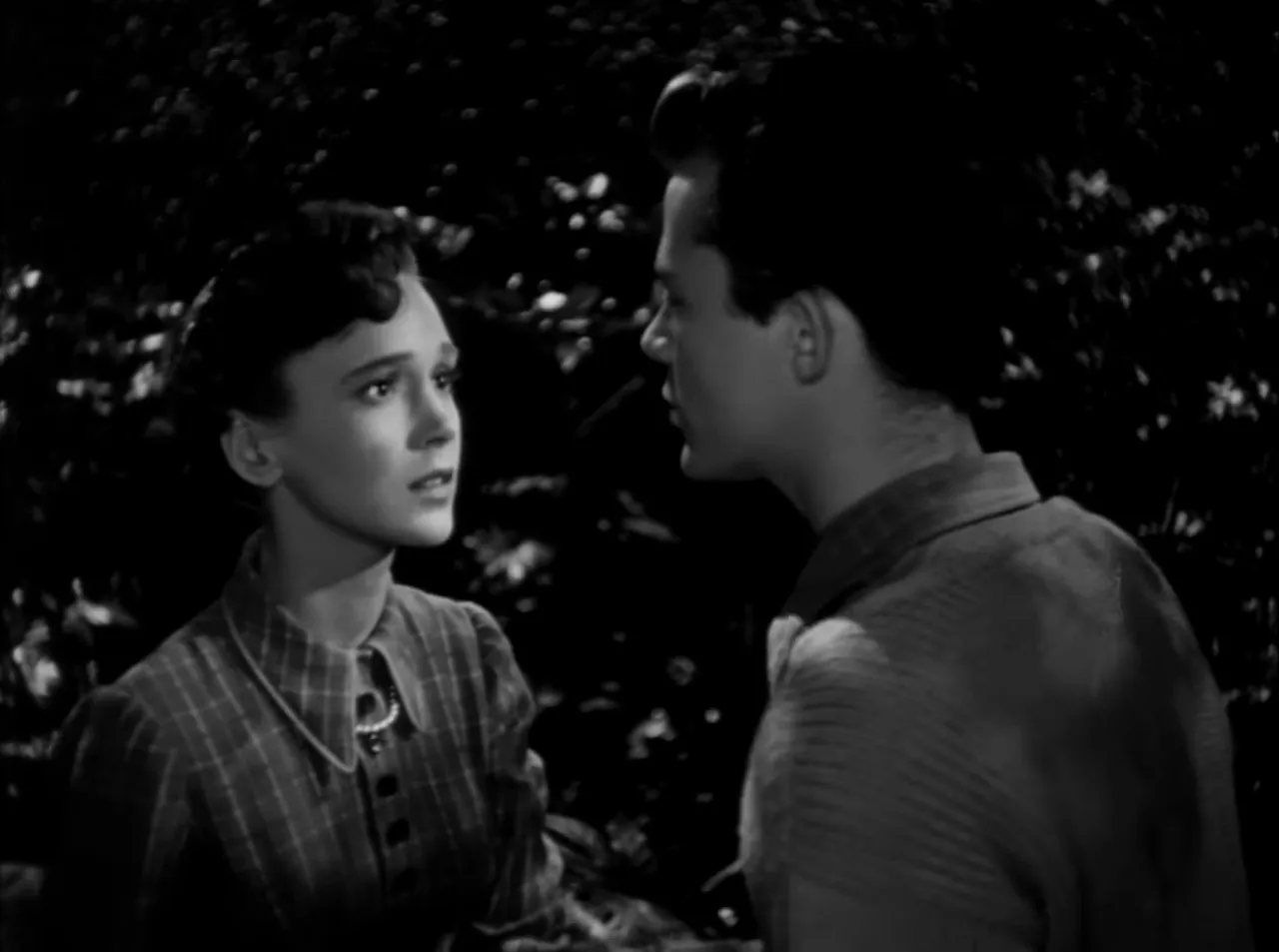
Conclusion: A Film Noir Movie with a Country Soul
The Red House is a singular piece of American cinema. As a film noir movie, it expands the genre beyond smoky bars and neon into orchards and ravines. Delmer Daves, Edward G. Robinson, Judith Anderson, and Miklós Rózsa together shaped a film that is at once a study of private sin and a rural gothic fable about what happens when long-buried acts return to demand reckoning. The film’s strengths—its performances, its location work, its thematic depth, and its evocative score—make it both a period piece and a timeless study of how people live with the consequences of desire and secrecy.
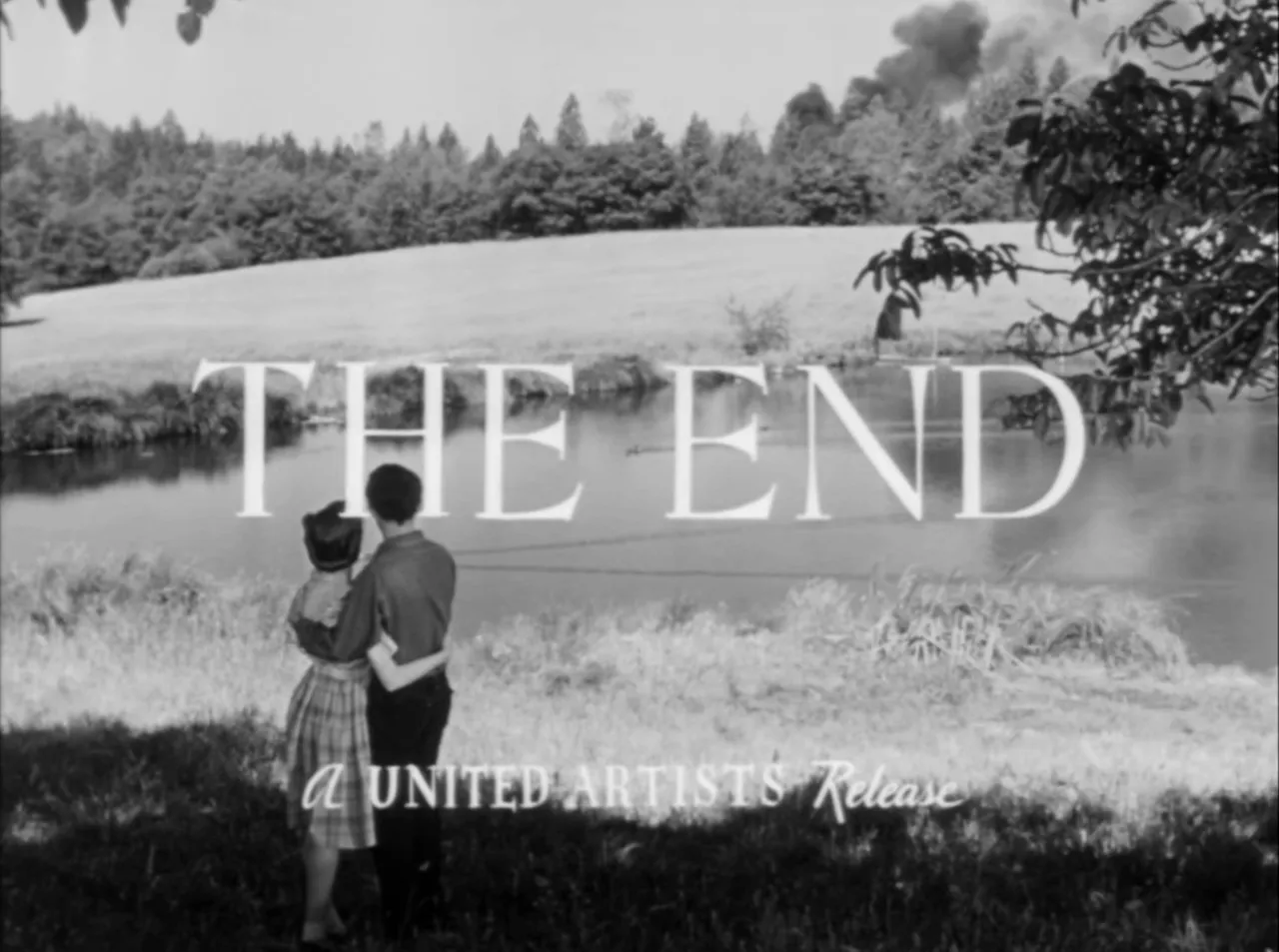
For the classic-film lover, The Red House is essential viewing: it offers both a case study in genre fluidity and a compelling, painful story about the cost of clinging to the past. This film noir movie remains an invitation to look at how American cinema of the 1940s grappled with psychological complexity, rural life, and the remarkable power of cinematic music and landscape to carry dread. The film’s place in retrospective lists and academic discussions is deserved: it is a film that lingers, a cinematic memory that refuses to be put to rest until its audience has reckoned with the past too.
Recommended Further Viewing and Reading
- Delmer Daves’ later dramatic works for a sense of his evolving directorial voice.
- Miklós Rózsa’s scores for Spellbound and The Lost Weekend to compare psychological scoring techniques and theremin usage.
- Contemporary assessments in film periodicals and databases for debates on genre and classification.
- The original George Agnew Chamberlain novel for readers interested in the source material’s serialization and narrative differences from the film.
For readers looking to revisit the film, modern Blu-ray restorations offer improved transfers from original 35mm elements and are recommended for anyone wanting to appreciate the cinematography and Rózsa’s score in high definition. The Red House rewards attention: it is a film noir movie that reminds viewers that darkness does not belong exclusively to the city.
Subscribe if you appreciate deep, contextualized reviews of classic films; follow the conversation on social platforms where classic-movie enthusiasts gather, and consider revisiting The Red House with an eye to the ways a film noir movie can wear the face of pastoral tragedy.
